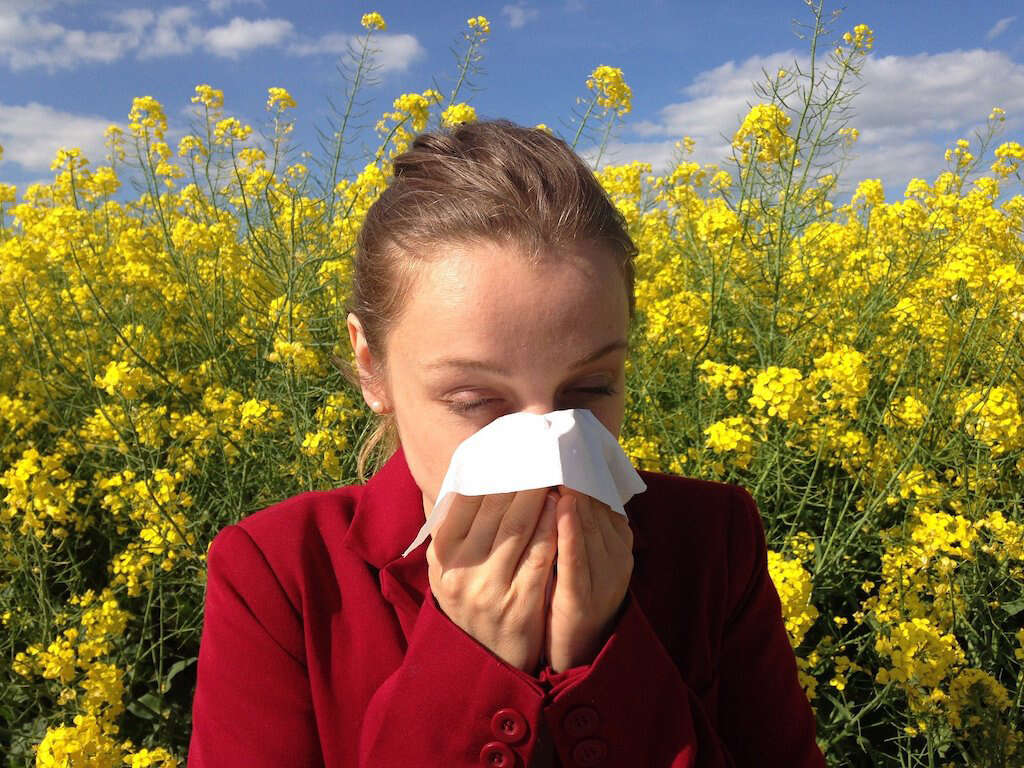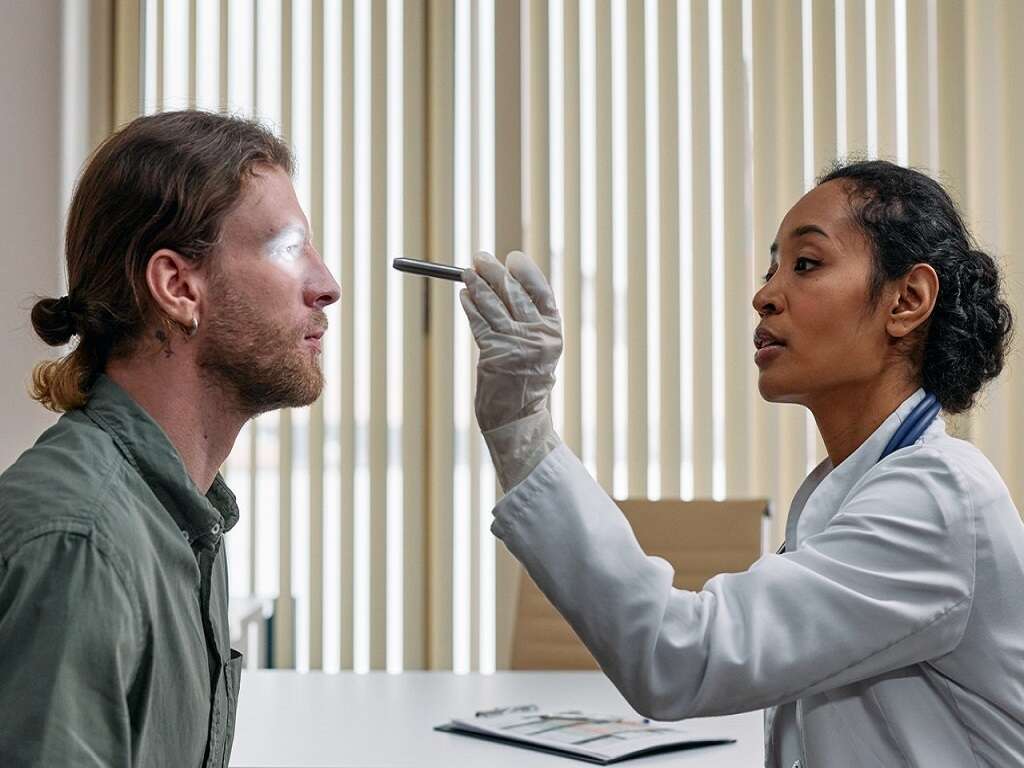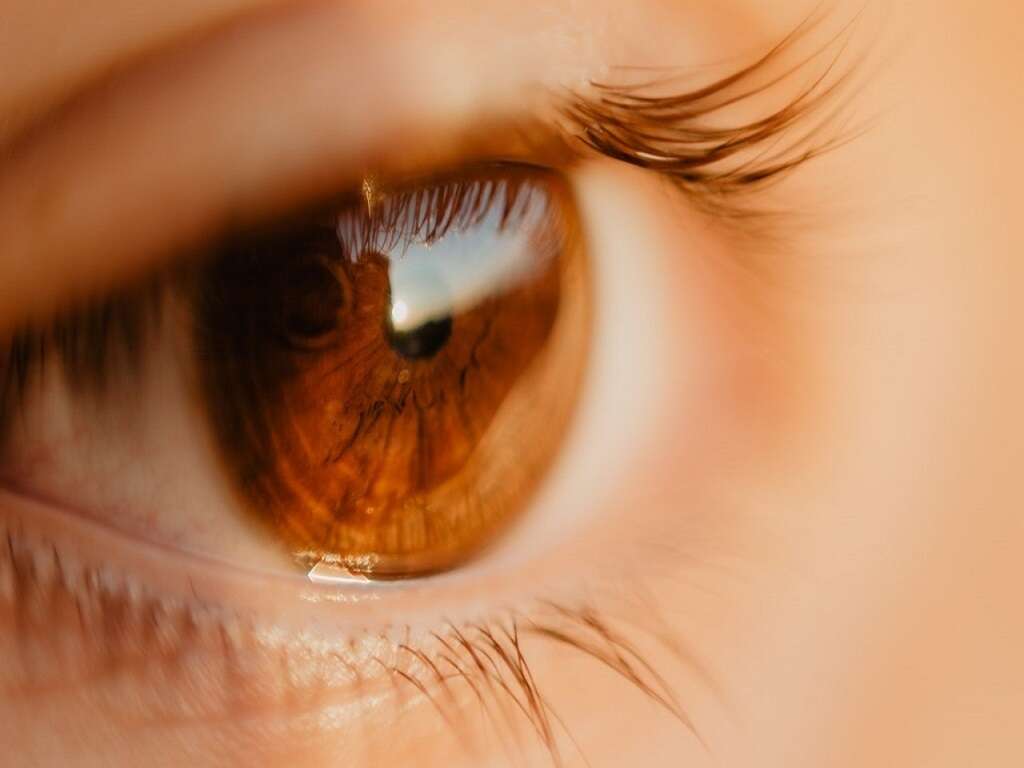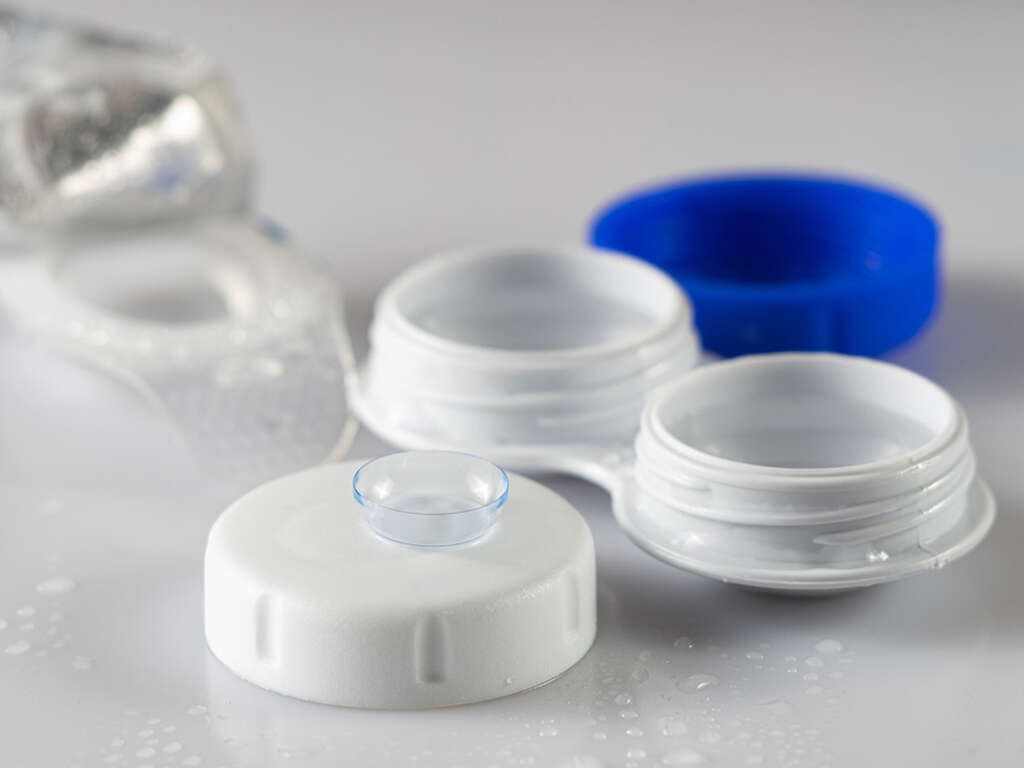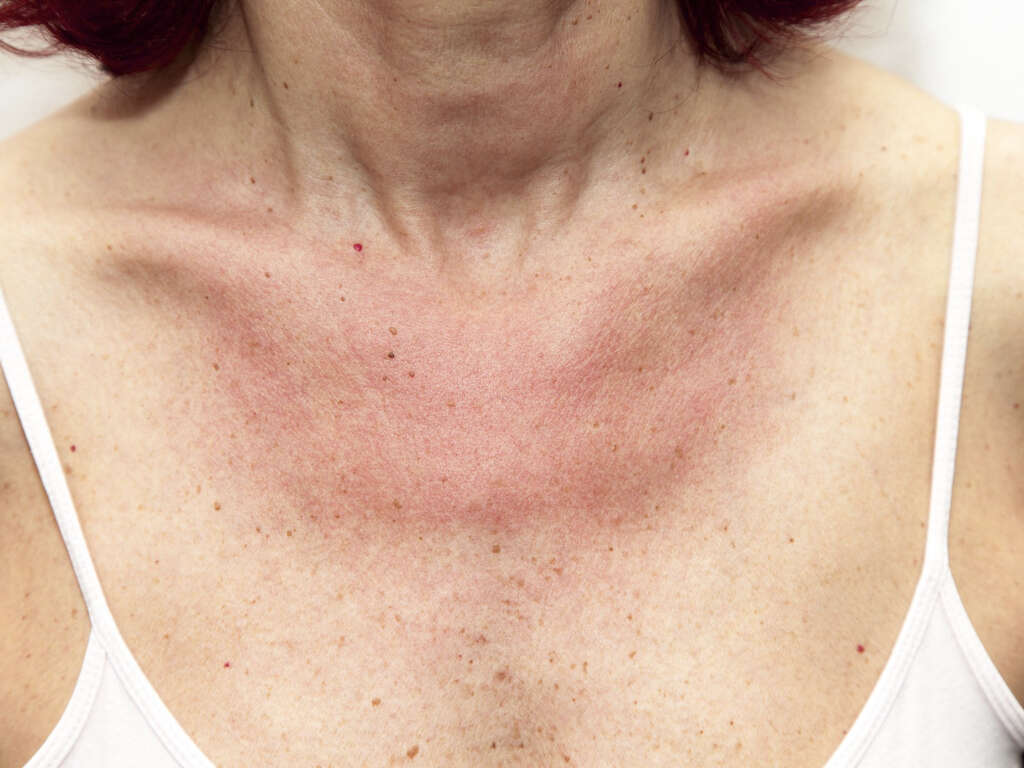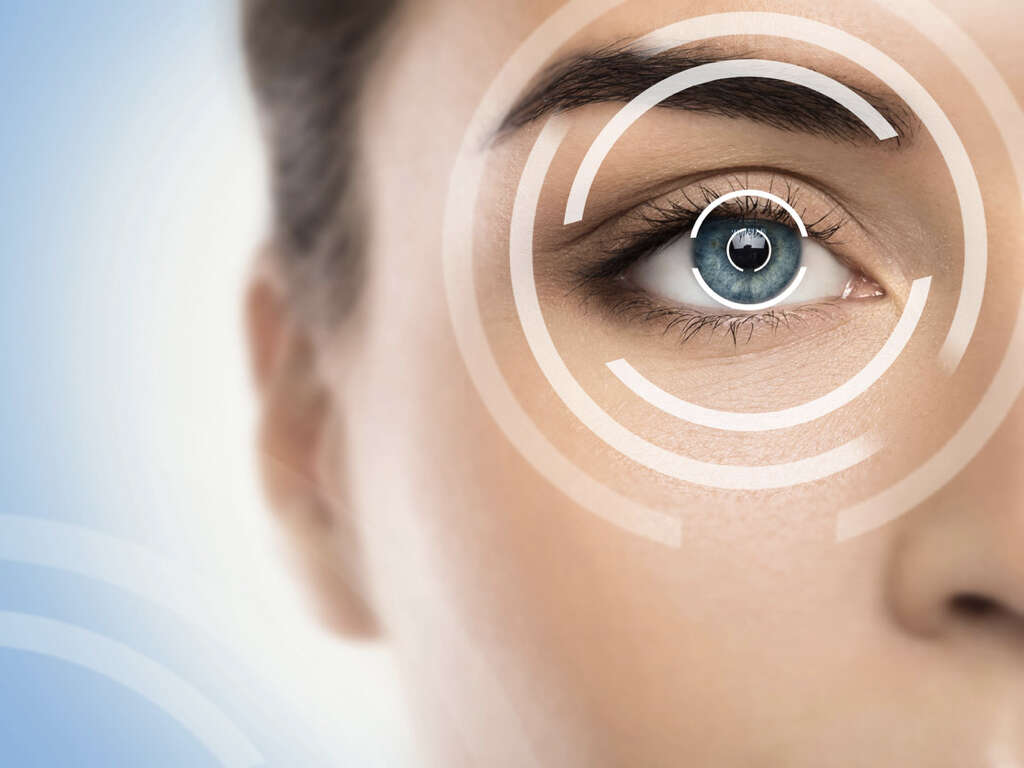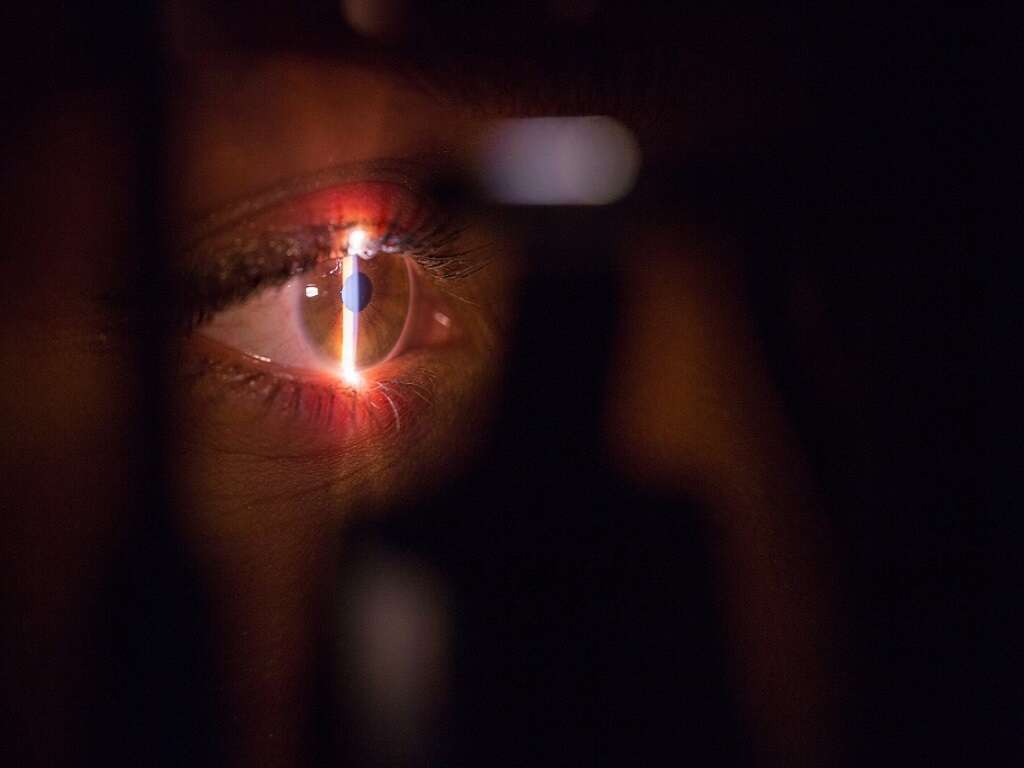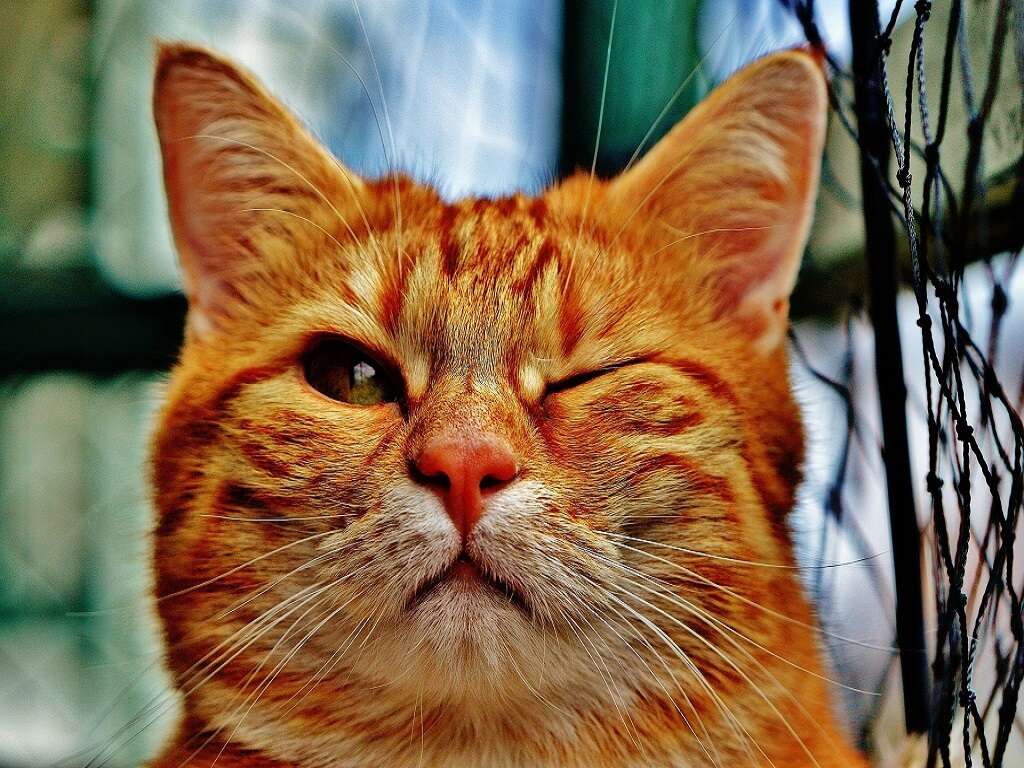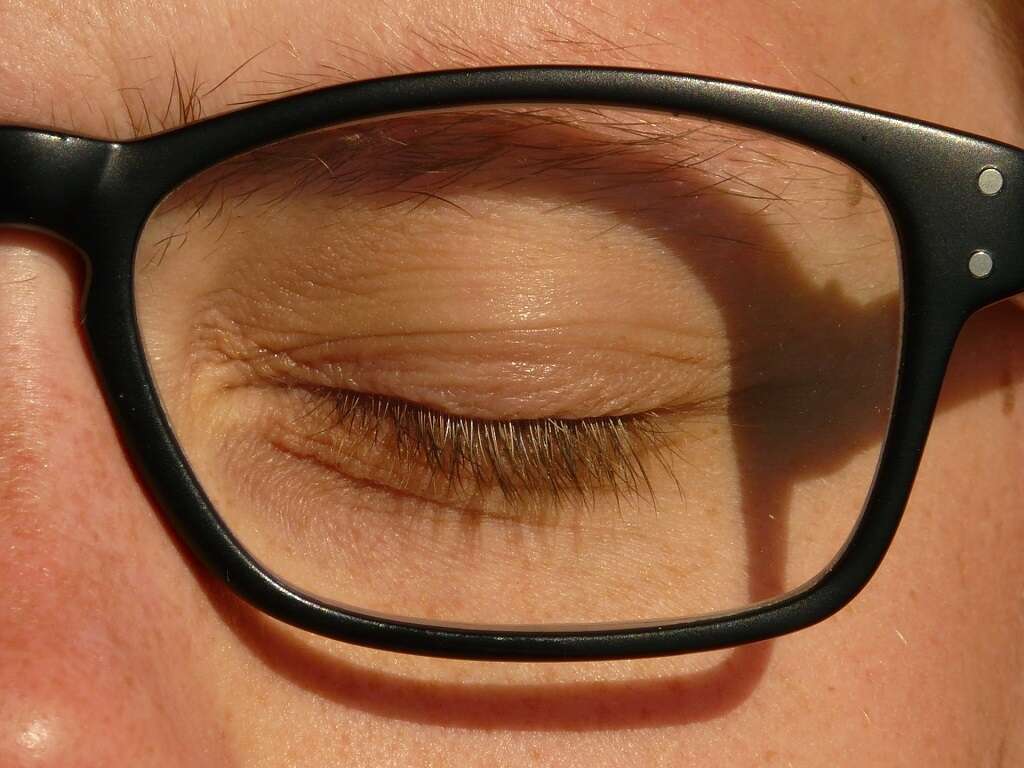Causes of Dark Circles Under Eyes
 Article Sources
Article Sources
- 1. Sheth, Pratik B., et al. 'Periorbital Hyperpigmentation: A Study of Its Prevalence, Common Causative Factors and Its Association with Personal Habits and Other Disorders.' PubMed Central (PMC), Mar. 2014, www.ncbi.nlm.nih.gov/pmc/articles/PMC3969674/
- 2. Sarkar, Rashmi. 'Periorbital Hyperpigmentation: A Comprehensive Review.' PubMed Central (PMC), www.ncbi.nlm.nih.gov/pmc/articles/PMC4756872/
- 3. 'Allergic Rhinitis.' UCLA Health: Center for High Quality Health Care Services, www.uclahealth.org/allergy/allergic-rhinitis
- 4. 'Dark Circles Under Eyes Causes.' Mayo Clinic - Mayo Clinic, www.mayoclinic.org/symptoms/dark-circles-under-eyes/basics/causes/sym-20050624?p=1
- 5. Roberts, Wendy E. 'Periorbital Hyperpigmentation: Review of Etiology, Medical Evaluation, and Aesthetic Treatment.' JDDonline - Journal of Drugs in Dermatology, 21 Nov. 2019, jddonline.com/articles/dermatology/S1545961614P0472X
- 6. Patterson, Freda. 'Sleep As a Target for Optimized Response to Smoking Cessation Treatment.' OUP Academic, 23 Oct. 2017, academic.oup.com/ntr/article/21/2/139/4562639
Genetics and Environmental Factors
Dark circles from pigmentation may be a genetic predisposition, as they commonly show up in family members of those with POH. There might be a difference in the extent of the pigmentation, and the circles may increase in darkness with age.
In some cases, environmental factors, such as stress and lifestyle factors, may play a role in the darkness of the pigmentation. The darker pigmentation typically occurs in the periorbital area and can include the lower lids, upper lids and parts of the nose.2Sarkar, Rashmi. ‘Periorbital Hyperpigmentation: A Comprehensive Review.’ PubMed Central (PMC), www.ncbi.nlm.nih.gov/pmc/articles/PMC4756872/
Advertisement



